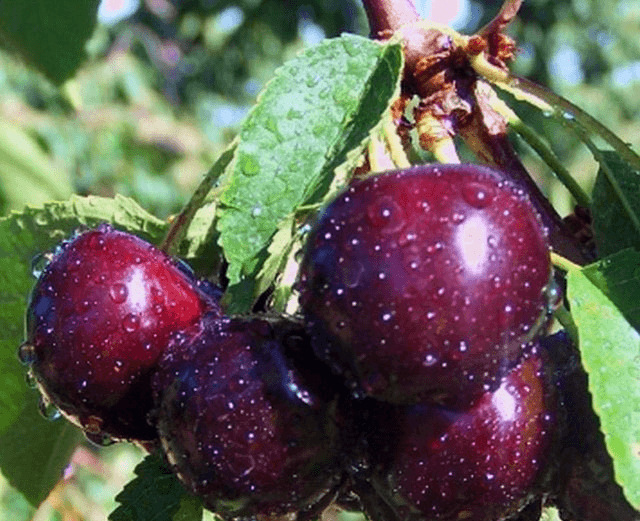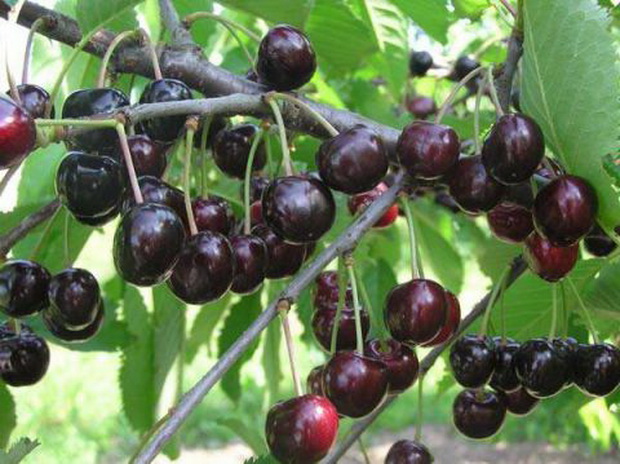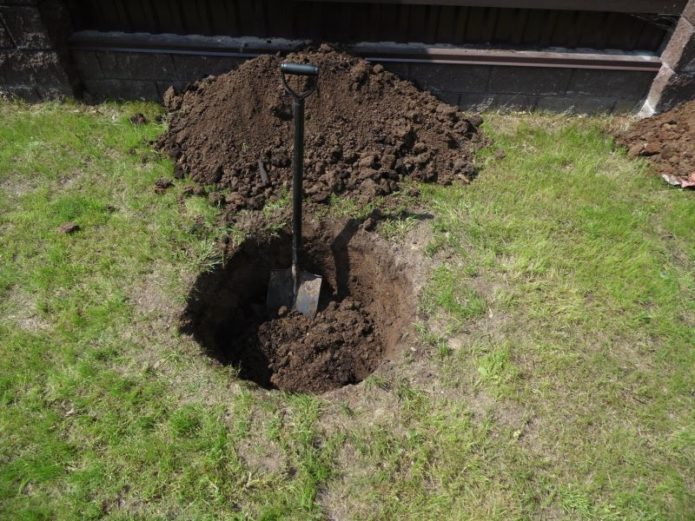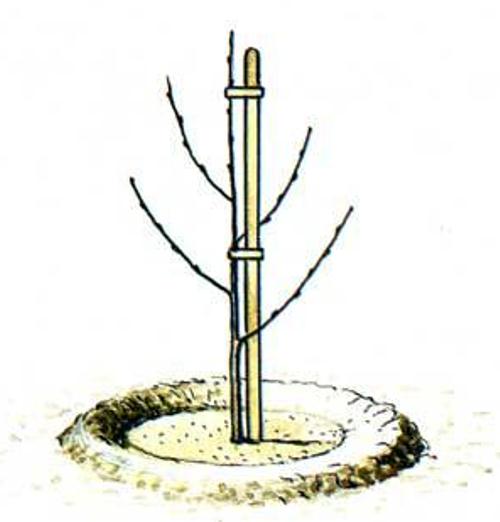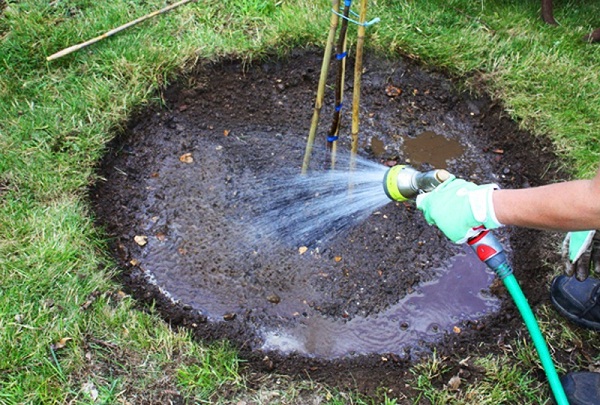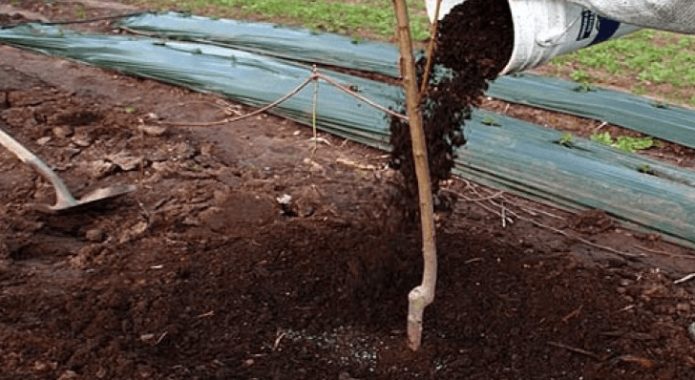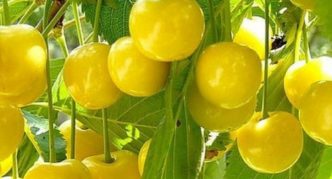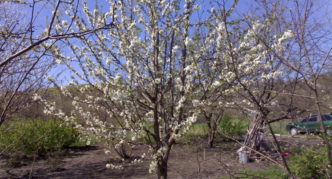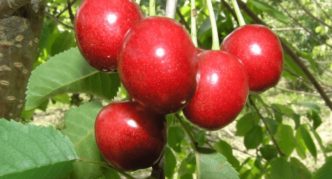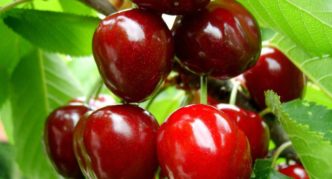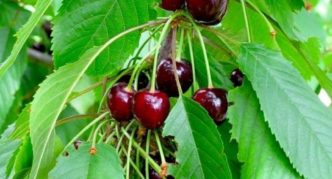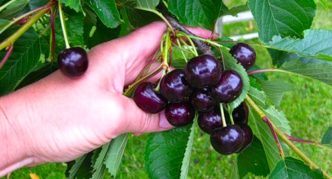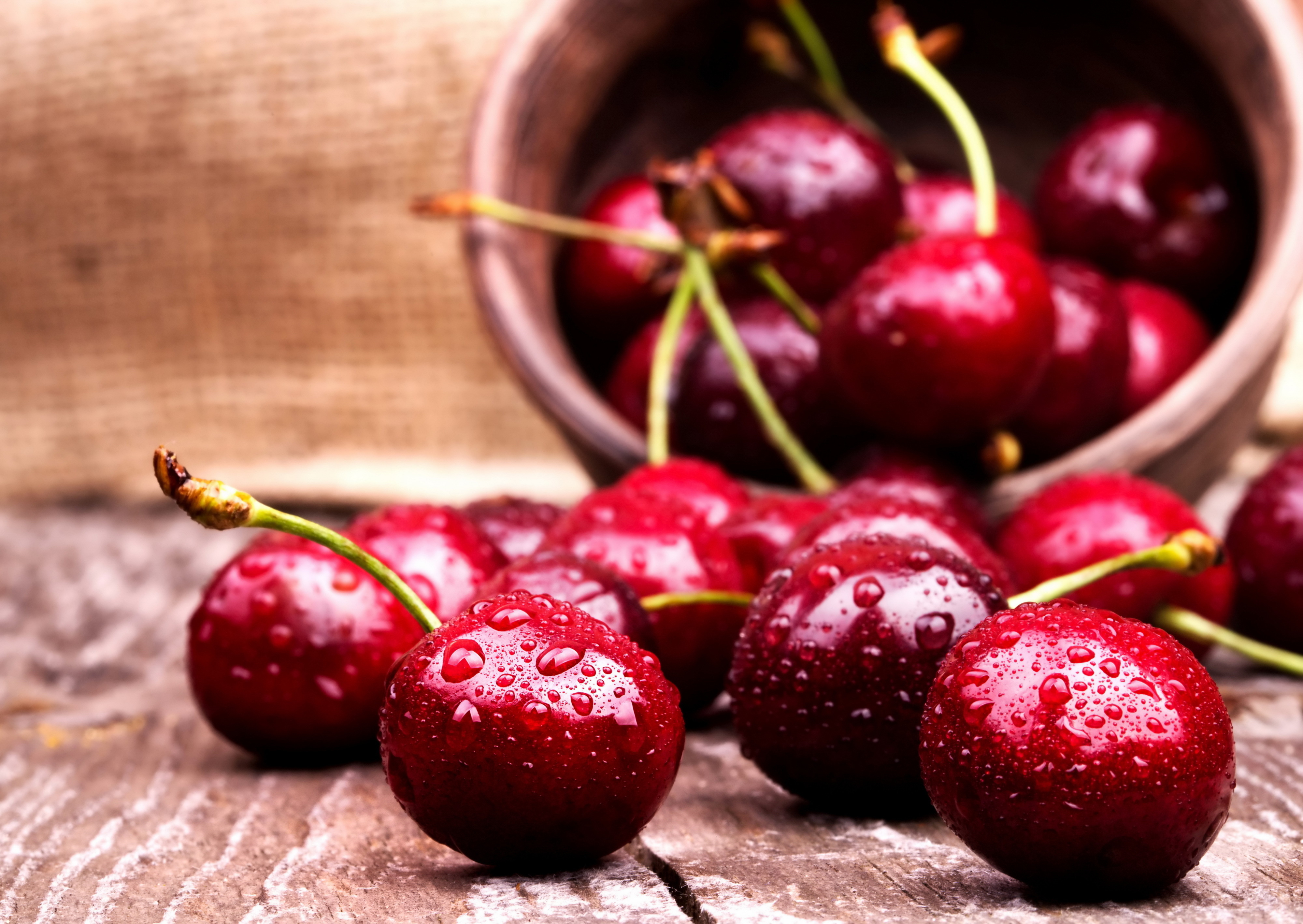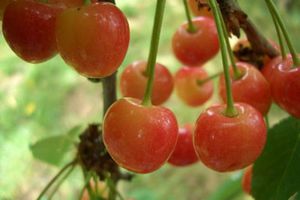Until recently, sweet cherry was considered to be a native southerner, which is not able to take root in the middle lane, and even more so in the north of the country. But breeders have bred such varieties of this berry culture that are not afraid of harsh climatic conditions. The sweet cherry variety Lyubimitsa Astakhova belongs to them.
Content
The history of the origin of the variety
The author of the variety M.V. Kanshina studied at the Fruit and Vegetable Institute. IN AND. Michurin, and later became a graduate student of his student, Professor A.N. Venyaminov. The diligent student appreciated the best samples of A.N. Venyaminov and F.K. Black grouse for high resistance to low temperatures and quality of berries, selecting them for further research. Thus, Voronezh and Leningrad varieties were included in one genotype.
The variety was named in honor of M.V. Kanshina, the famous breeder A.I. Astakhova. In 1970, scientists moved from Voronezh to Bryansk, where they continued breeding work at the Lupine Institute. Long-term hard work has made it possible to achieve great achievements in the creation of varieties of "northern sweet cherry". Today there are more than 30 of them, among which is the highly productive winter-hardy variety Lyubimitsa Astakhova. It was entered in the State Register in 2011, zoned for the Central Region, but is also successfully grown by gardeners of the Non-Black Earth Region and the South Urals.
Description of sweet cherry varieties Lyubimitsa Astakhova
The cherry tree Lyubimitsa Astakhova is characterized by intensive growth, reaching a maximum height of 4 m. The rounded-oval crown has an average thickening, it is easy to form it by trimming into neat tiers. Bottom shoots have a horizontal position, lean towards the trunk closer to the top. Cherry begins to bear fruit at the age of 5. The bark of an adult stem is distinguished by light peeling and a rich dark gray color.
The leaves are medium in size, with long, pointed edges and have a matte green tint. Flowers and fruits are usually formed on bouquet branches. Each inflorescence has three white saucer-shaped flowers with a cup-shaped cup. The fruit, pulp and juice are characterized by a rich dark red color. The mass of oval elastic berries with a glossy shine reaches 8 g. The pulp is fleshy and juicy, the stone can be easily separated from the fruit.
But most of all, the berries are valued for their sweet taste, which is not inferior to the sweet cherries of southern varieties. This is evidenced by the tasting assessment of taste - 4.8 points out of 5. The versatility of the use of berries is another of the advantages of the variety. The average yield reaches 10 kg per tree.
Fungal diseases moniliosis and coccomycosis rarely annoy Lyubimitsa Astakhov, besides, sweet cherries have good winter hardiness. In this regard, it is cultivated even in the north.
In the northern regions, in contrast to the Central region, low-growing varieties of cherries are taken for rootstocks, so that it is easier to cover trees for the winter.
Landing
Despite the high frost resistance of the variety, it is customary to plant seedlings in the spring - after the threat of late frosts has passed, and the soil is well saturated with moisture. When planting in autumn, fragile roots may freeze.
You can store planting material purchased in the fall by digging in the basement until spring.
A well-lit place for planting is selected, protected by various buildings, with a deep bed of groundwater (1.5 m or more to the soil surface) in order to avoid soaking of the root system. The soil must be fertile and breathable. Heavy soil is improved with green manure, mulching, organic fertilizers.
It is better to prepare a pit for planting cherries in the fall, filling the soil with humus and ash. Organic fertilizers should not be spared, they should make up half of the soil mixture in order to feed the seedling in the future. The pit is 50 cm deep and 80 cm in diameter.
The roots are well spread and covered with soil mixture, raising the root collar 5 cm above the ground level. It should be on the south side so that the grafting site is well warmed up by the sun.
A deepened root collar can cause stunted growth and low yield.
The seedling is watered into a hole dug around the trunk (2 buckets per plant) and immediately mulched. It is recommended to tie a fragile tree to a stake-support so that the bole is even and the wind does not break it.
Features of growing and care
Proper care of cherries Astakhov's favorite includes watering, loosening the trunk circle, feeding, pruning.
- The planted seedlings require regular moisture, especially in dry weather. They are watered once a week, remembering to loosen the soil and remove weeds. Mature trees in a dry season must be watered during the ripening of the fruit (3-4 buckets under the tree).
Adequate amount of water will keep the berries juicy.
- Top dressing begins to be done the next year of planting, when the seedling is intensively growing, and its crown is formed. A suitable fertilizer would be a urea solution (20 g / 10 L of water). After the beginning of fruiting cherries, at least once every three years, it should be fed with organic fertilizers at the rate of 8-10 kg / m2 (rotted manure or plant residues), embedding them deep into the trunk circle by 10-15 cm. In the intervals between fertilizing with organic fertilizers, you can also add a small amount of mineral fertilizers (5-10 g of carbamide in early spring, 15 g of potassium sulfate during and after flowering, 25 g superphosaphate in autumn - all per 1 m2).
- Experienced gardeners advise keeping cherry pruning to a minimum, since the culture does not tolerate this procedure well, especially in a harsh climate. Therefore, it is worth removing only vigorous branches and root shoots, doing the necessary sanitary pruning (cutting out dry and damaged shoots). To stimulate the fruiting of the tree for the next season, you can also shorten its shoots by 1/3 after it has matured.
- For the winter, cherry seedlings are whitewashed with a special paint, adding insecticides against insect pests. During the first three years in the northern regions, young trees require shelter.
Video: fruiting cherries Lyubimitsa Astakhova in the north of the Moscow region
Pollinator selection
The cultivar is only partially self-pollinated and requires pollinating neighbors. Without them, little ovaries are formed. Therefore, cultivation in a pair of a pollinator is a necessary agrotechnical technique to achieve high productivity. For Lyubimitsa Astakhov, the cherry varieties Iput, Tyutchevka, Raditsa, Ovstuzhenka, Krasnaya Gorka, Large-fruited, Malysh will be good pollinators, blooming almost simultaneously and having good performance.
Experienced gardeners, to save space, plant a pollinator stalk in the crown of the variety.
Photo gallery: pollinators for cherries Lyubimitsa Astakhova
- Cherry Malysh has yellow fruits
- Cherry Tyutchevka is suitable for growing in conditions of central Russia
- Iput - fruitful winter-hardy sweet cherry
- Cherry berries Red Hill ripen in mid-June
- Cherry Large-fruited is valued for the excellent taste of large fruits
- Cherry tree Ovstuzhenka begins to bear fruit in the 4th-5th year
- Cherry Raditsa was included in the State Register in 2001, zoned in the Central Region
Gardeners reviews
I really like the varieties Lyubimitsa Astakhova and Sadko. They have large, dense and juicy berries. By the way, keep in mind that you need to plant at least two varieties of cherries, and preferably three. If you plant one, then it will not bear fruit, they need cross-pollination. You also need to remember that a large area of nutrition is required for cherries, therefore it should not be planted close to other trees (no closer than five meters to each other).
I have a sweet cherry variety Lyubimitsa Astakhova. She is 3 year old. In the fall, I tie it with paper, while it is possible to tie it. In the spring, with a shudder, I release me from the insulation and I think I died. No, she's alive. Has already grown to a height of 150 cm. I am looking forward to the further result.
Excellent taste and visual appeal of berries are obvious advantages of the Lyubimitsa Astakhova cherry variety. In addition, the culture has another undoubted advantage - it can be grown in the middle lane and even in the northern regions of the country. Good winter hardiness and unpretentious care will delight those who planted cherries of this variety in their garden.

